![图片[1]-Spraying Drone for Sugarcane: Revolutionizing Crop Protection in the Sugar Industry-msoen](https://www.msoen.com/wp-content/uploads/2025/08/bbb7be2752210552-1024x768.jpg)
Sugarcane is one of the most vital cash crops globally, providing raw material for sugar, ethanol, and bioenergy. However, cultivating sugarcane comes with significant challenges, including pest infestations, weed competition, and disease outbreaks, which can drastically reduce yields if not managed properly. Traditional spraying methods—such as manual labor, tractor-mounted sprayers, or aerial helicopters—are often inefficient, costly, and environmentally damaging.
The emergence of spraying drones for sugarcane offers a precision-driven, cost-effective, and labor-saving solution to these challenges. These drones can efficiently apply pesticides, herbicides, and fertilizers while navigating dense cane fields, ensuring optimal crop health and higher yields.
In this article, we explore how spraying drones are transforming sugarcane farming, their key benefits, working mechanisms, and future potential in the sugar industry.
Why Spraying Drones Are Ideal for Sugarcane Farming
Sugarcane fields are tall, dense, and often inaccessible to traditional spraying equipment. Manual labor is time-consuming, while tractors and helicopters may not reach the lower parts of the cane stalks effectively. Spraying drones overcome these limitations with:
✅ Precision Targeting – Drones can spray directly on cane stalks and leaves without wasting chemicals on the soil.
✅ Access to Hard-to-Reach Areas – Unlike tractors, drones can navigate between closely planted sugarcane rows.
✅ Faster Application – A single drone can cover 5–10 acres per hour, significantly faster than manual spraying.
✅ Reduced Chemical Waste – GPS-guided drones ensure even distribution, minimizing over-spraying and runoff.
✅ Labor & Cost Efficiency – Reduces dependency on manual workers and expensive machinery.
Key Benefits of Spraying Drones for Sugarcane
1. Enhanced Crop Protection Against Pests & Diseases
Sugarcane is vulnerable to borers, mealybugs, red rot, and leaf scorch diseases. Spraying drones can precisely apply fungicides and insecticides to affected areas, preventing widespread damage.
2. Efficient Weed Control
Weeds compete with sugarcane for nutrients and water. Drones can spray herbicides directly on weeds without harming the cane, improving overall field health.
3. Faster & Uniform Application
Manual spraying is slow and inconsistent, while drones ensure even coverage across large sugarcane fields, leading to better pest and disease management.
4. Cost Savings for Farmers
- Lower labor costs (no need for large spraying teams)
- Reduced chemical usage (precise application minimizes waste)
- No fuel or maintenance costs of tractors or helicopters
5. Improved Safety for Workers
Manual pesticide application exposes farmers to toxic chemicals. Drones eliminate direct contact, reducing health risks.
How Do Spraying Drones Work in Sugarcane Fields?
- Pre-Flight Planning
- Farmers or operators use GPS mapping software to define spray zones in the sugarcane field.
- The drone is loaded with the required pesticide, herbicide, or fertilizer.
- Autonomous or Manual Flight
- The drone follows a pre-programmed flight path or is manually controlled for precise spraying.
- Height and speed adjustments ensure optimal droplet penetration into the cane canopy.
- Intelligent Spraying System
- Equipped with nozzles and flow sensors, the drone adjusts spray intensity based on flight speed and crop density.
- Some advanced drones use AI and multispectral cameras to detect diseased or pest-infested areas for targeted spraying.
- Real-Time Monitoring
- Operators can monitor the drone’s progress via a smartphone or tablet, ensuring efficient operation.
Challenges & Considerations
While spraying drones offer numerous advantages, some factors must be considered:
⚠ Battery Life & Refilling – Most agricultural drones have a flight time of 20–40 minutes, requiring frequent battery swaps.
⚠ Initial Investment – High-quality spraying drones can be expensive, but long-term savings justify the cost.
⚠ Regulatory Compliance – Farmers must follow local drone operation laws and obtain necessary permissions.
⚠ Training Required – Proper drone operation and maintenance training ensures safety and efficiency.
Future of Spraying Drones in Sugarcane Agriculture
The future of sugarcane farming with drones looks promising, with advancements in:
🔹 Longer Flight Times & Larger Tanks – Future drones will cover more area per flight.
🔹 AI & Smart Sensors – Drones will detect diseases in real-time and adjust spraying automatically.
🔹 Swarm Technology – Multiple drones working together to cover hundreds of acres efficiently.
🔹 Integration with Farm Management Software – Data-driven decisions for optimal spraying schedules.
Conclusion
Spraying drones for sugarcane are a game-changer in modern agriculture, offering precision, efficiency, and cost savings while improving crop yields and reducing environmental impact. As technology advances, these drones will become an essential tool for sugarcane farmers worldwide, ensuring healthier crops, higher productivity, and sustainable farming practices.
For sugarcane growers looking to boost efficiency and reduce costs, investing in a high-quality spraying drone is a smart and future-ready decision.
SEO Keywords: spraying drone for sugarcane, agricultural drone, sugarcane pest control, precision agriculture, drone crop spraying, cane field spraying, smart farming, UAV for sugarcane, efficient pesticide application.

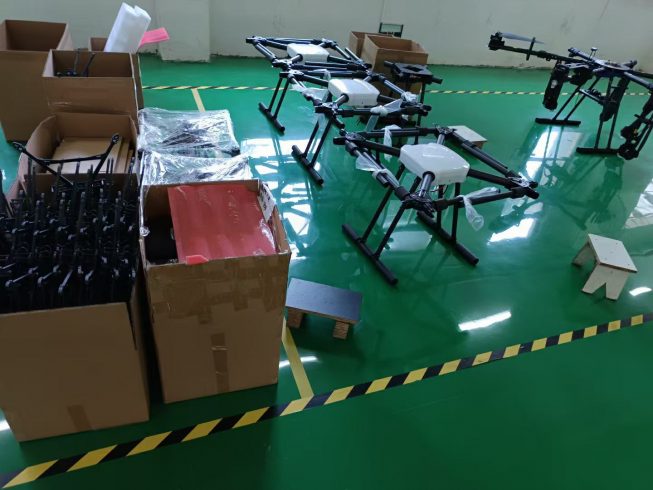
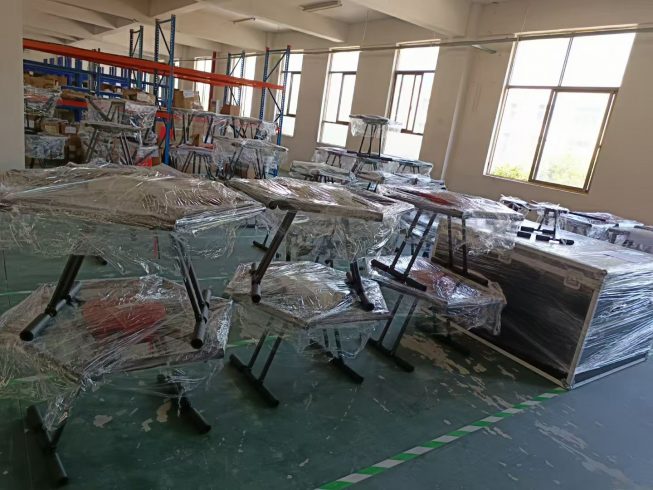
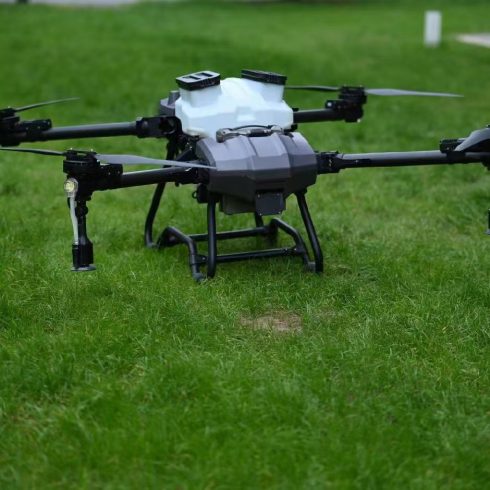
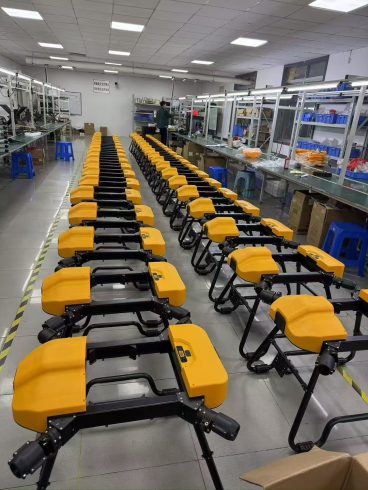
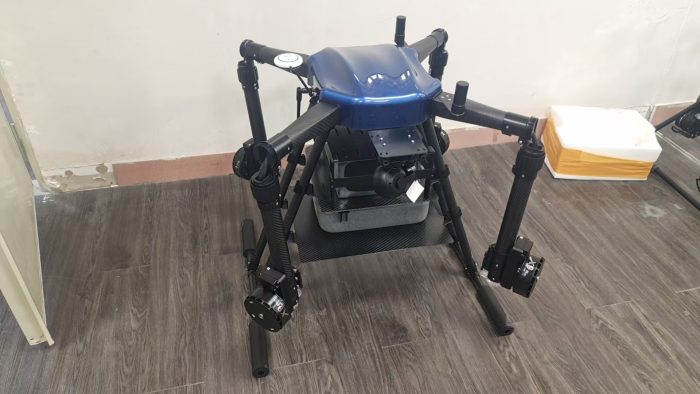
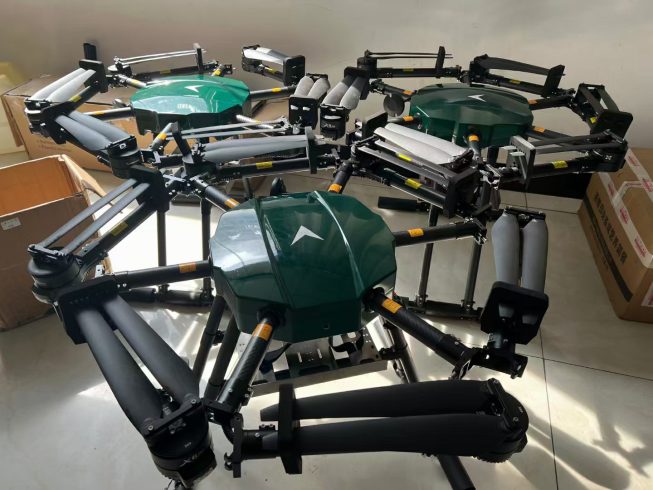
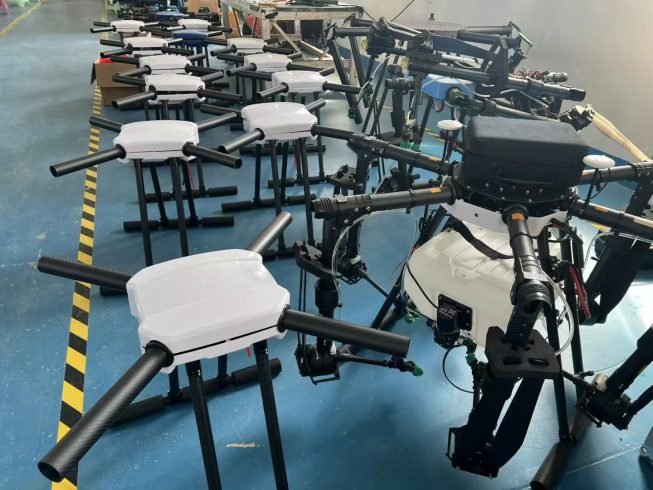
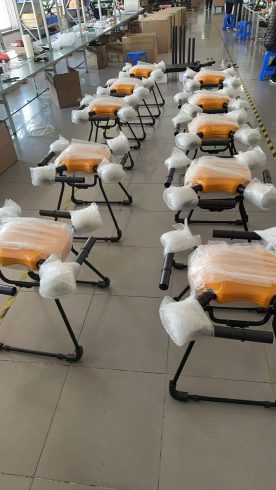
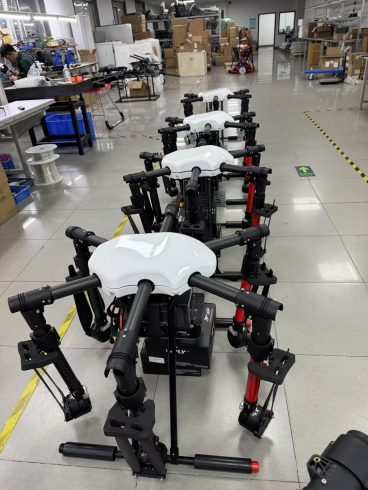
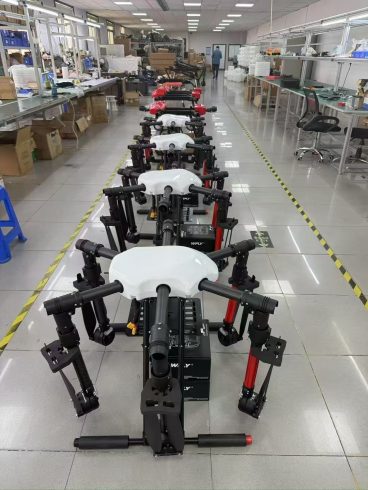

暂无评论内容